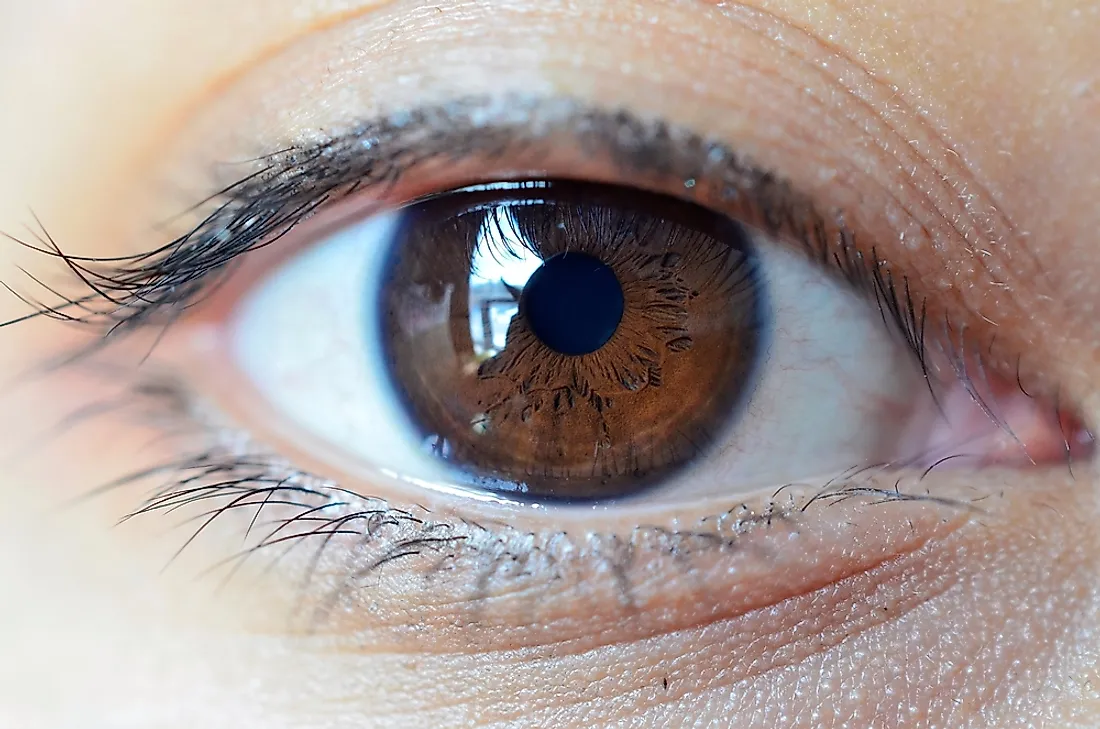
The World's Population By Eye Color
As estimated by the United Nations, the world currently has over 8 billion people, and every one of them is different from one another. The color of one’s eye is perhaps one of the first things people observe when they see each other. It is, therefore, interesting to note how eye colors vary worldwide and the different percentages of people in the world that have brown, blue, hazel, amber, green, and gray eyes. Eye color not only affects one’s personality but also reflects one’s ancestry, the melanin concentration in irises, and even one’s current health condition.
The World's Population By Eye Color
| Rank | Eye Color | Estimated Percentage of World Population |
|---|---|---|
| 1 | Brown | 70-80% |
| 2 | Blue | 8-10% |
| 3 | Hazel | 5% |
| 4 | Amber | 5% |
| 5 | Gray | 3% |
| 6 | Green | 2% |
How Is Eye Color Determined?
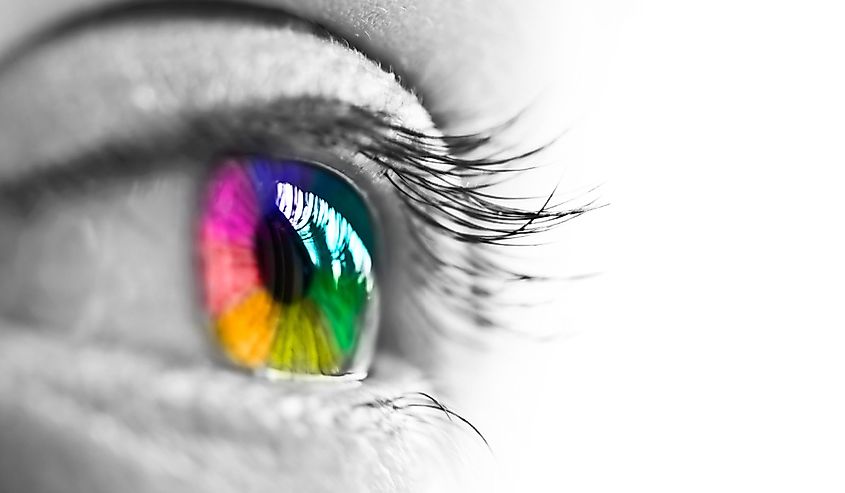
Two factors affect the color of one’s eyes: the pigmentation of the eye’s iris and the frequency of light scattering by the murky medium in the iris stroma. In humans, this pigmentation of the iris depends on the melanin concentration in the iris pigment epithelium, it's content within the iris stroma, as well as the cellular density of the stroma. The more melanin concentration one has, the darker one’s eyes will be. Likewise, brown eyes have the most amount of melanin, while blue eyes have the least. Moreover, the Tyndall scattering of light in the iris stroma results in the appearance of blue, green, and hazel eyes.
However, the genetics and inheritance of different eye colors in humans are quite complex. As of 2010, researchers believe that as many as 16 different genes influence eye color in humans, and most of these genes play a crucial role in the production, transportation, and storage of melanin pigment. In addition, OCA2 and HERC2 are the two major genes associated with the variation in eye colors.
Brown Eyes - 70 to 80%
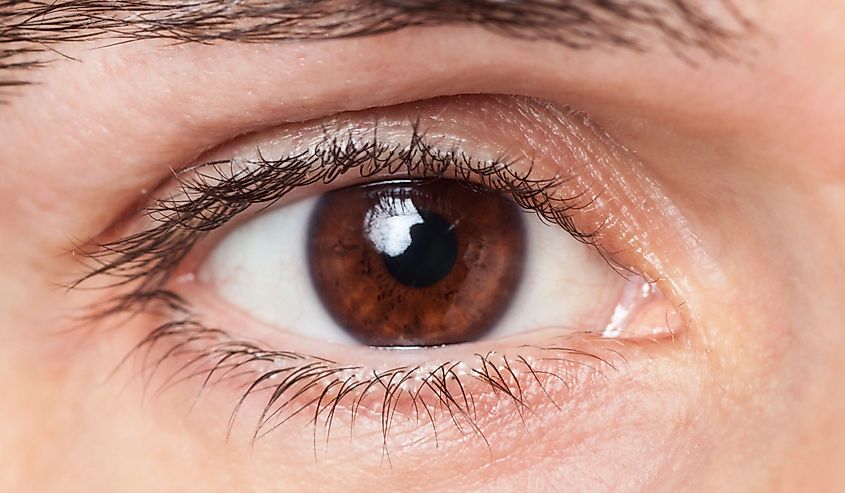
A whopping 70 to 80% of the world’s population have brown or darkly pigmented irises, making brown the most common eye color worldwide. Researchers at the American Academy of Opthalmology have stated that everyone on planet earth had brown eyes around 10,000 years ago. Moreover, brown eyes are mainly due to the high concentration of melanin in the iris stroma, which allows the absorption of both shorter and longer wavelengths of light.
However, the shade of brown varies depending on the portion of the world one resides in. The most common eye color is dark brown in Africa, East Asia, and Southeast Asia. Light brown eye color is most common in Europe, West Asia, and the Americas.
Blue Eyes - 8 to 10%
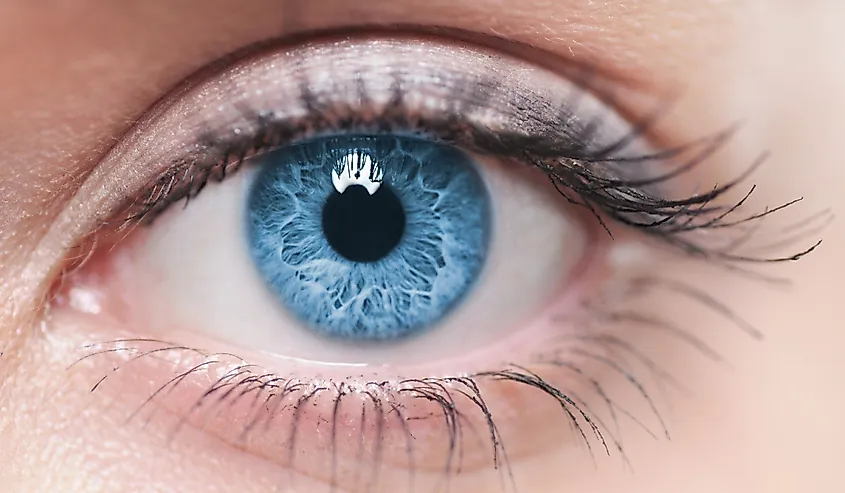
The second most common eye color worldwide is blue, with several estimates revealing that about 8 to 10% of the world’s population share this trait. Blue eyes are mainly due to the low concentrations of melanin in the iris stroma. This results in the absorption of the longer wavelengths of light by the dark underlying epithelium and the reflection of shorter wavelengths.
Scientists believe that all blue-eyed people trace back to a common ancestor, who most likely carried a genetic mutation that resulted in reduced melanin production. Blue eyes are most common in northern and eastern Europe, particularly around the Baltic Sea. Blue eyes are also found in Central Asia, North Africa, South Asia, West Asia, and Southern Europe.
Hazel Eyes - 5%
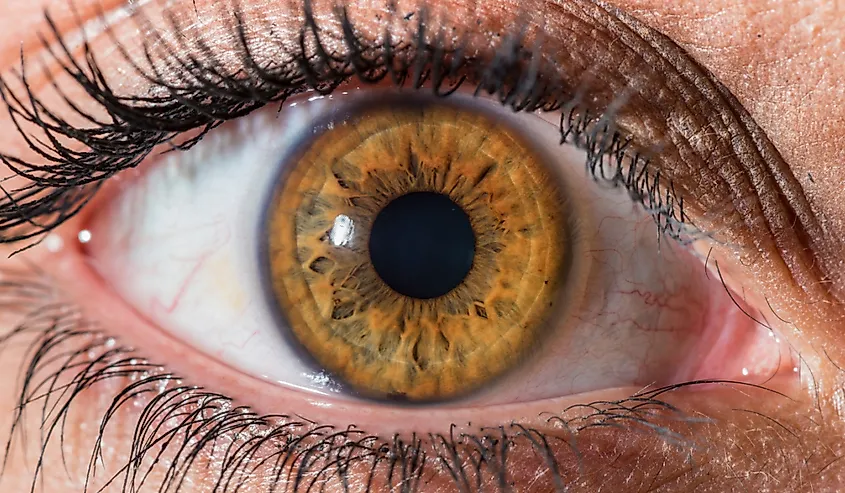
About 5% of the world’s population have hazel eyes. The hazel eye color is primarily due to the combination of a decent amount of melanin and Rayleigh scattering. Hazel eyes are usually a combination of green and brown and often flecks of gold or orange. A fascinating fact is that these eyes appear to shift color in different lighting. Hazel eyes are most common in the Middle East, North Africa, Brazil, and people of Spanish heritage.
Amber Eyes - 5%
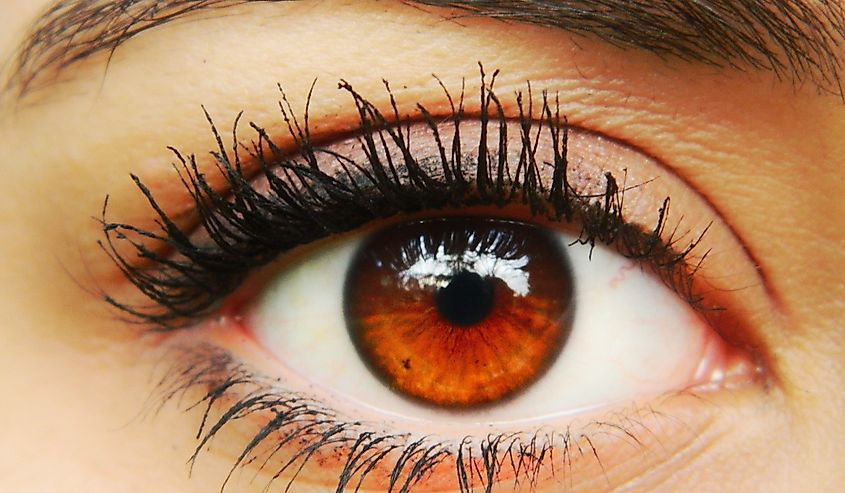
Amber is the third rarest eye color in the world after green and gray, and approximately 5% of the world’s population have amber eyes. Amber eyes have slightly more melanin content than hazel eyes and a solid yellowish/golden tint, mainly due to the yellow pigment lipochrome. Unlike hazel eyes, which appear to shift colors, amber eyes have a solid gold hue. Amber eye color is commonly found in Pakistan and the Balkan region, as well as in Southern France, the Iberian Peninsula, Italy, and Hungary, and in fewer numbers in the Middle East, Colombia, and the Southern Cone region.
Green Eyes - 2%
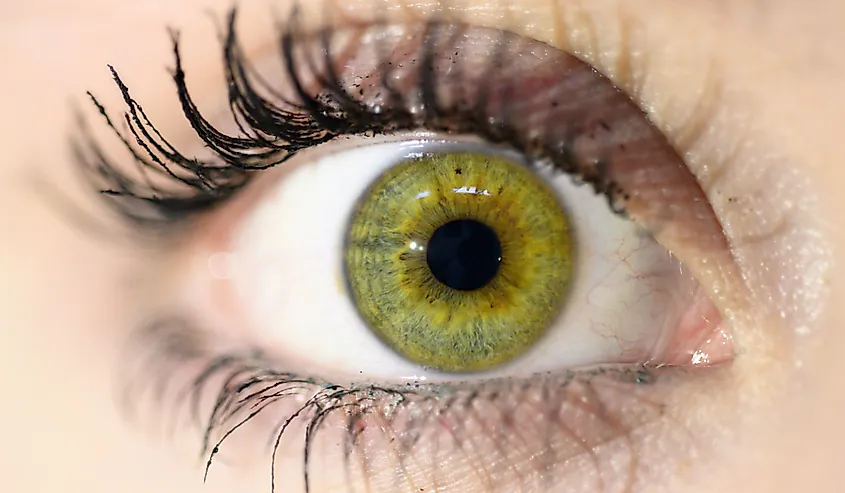
Only 2% of the world's population have green eyes, making it the rarest eye color. Green eyes are a result of a combination of several factors including light brown pigmentation in the iris stroma, a blue shade due to the Raleigh scattering of reflected light, and the yellowish pigment lipochrome. Green eyes are common in Europe's Central, Western, and Northern regions. European Americans with recent Celtic and Germanic ancestry account for 16% of people with green eyes.
Gray Eyes - 3%
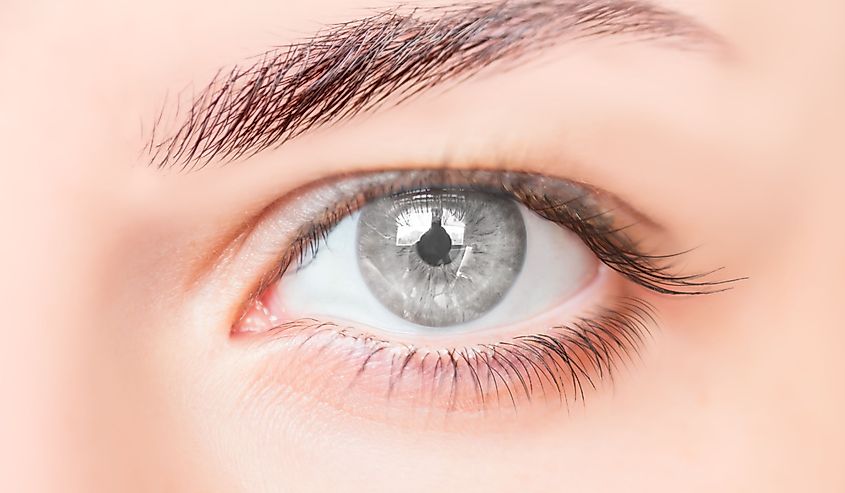
After green, gray is the second-rarest natural eye color, with 3% of the world’s population having gray eyes. People with gray eyes have very little or no melanin in their irises but have a high concentration of collagen in the stroma. Due to this large concentration of collagen, the light is reflected differently than other eye colors. Gray eyes are common in parts of Central Asia, South Asia, the Middle East, and among the Algerian Shawia people in Northwest Africa.
Special Cases
Red Or Violet
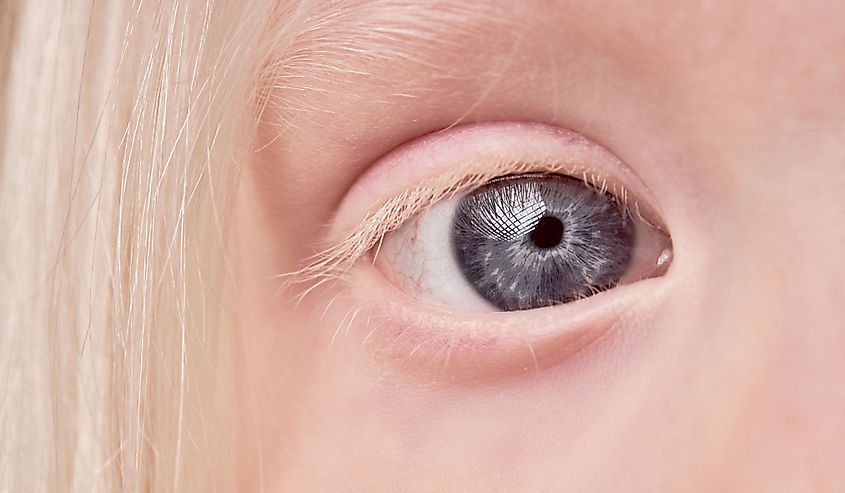
Some people with severe albinism appear to have red eyes under certain lighting conditions. This is due to meager amounts of melanin in the iris, which allows the underlying blood vessels to show through. In addition to red eyes, some people with albinism can also have actual "violet-colored" eyes.
Heterochromia

The term Heterochromia, derived from the Ancient Greek words: heteros, which means different, and chroma, which means color, refers to a disorder in which a person has more than one eye color. Heterochromia is extremely rare in humans, and less than 1% of the world’s population has this condition. There are three types of Heterochromia: complete, sectoral, and central. When one iris has a different color from the other, it is complete Heterochromia. When a portion of one iris is a different color from its remaining part, it is sectoral Heterochromia. In cases of central Heterochromia, the irises are identical, but there is a ring of different colors around the pupil.
Your Eye Color Can Shed Light On Certain Medical Issues
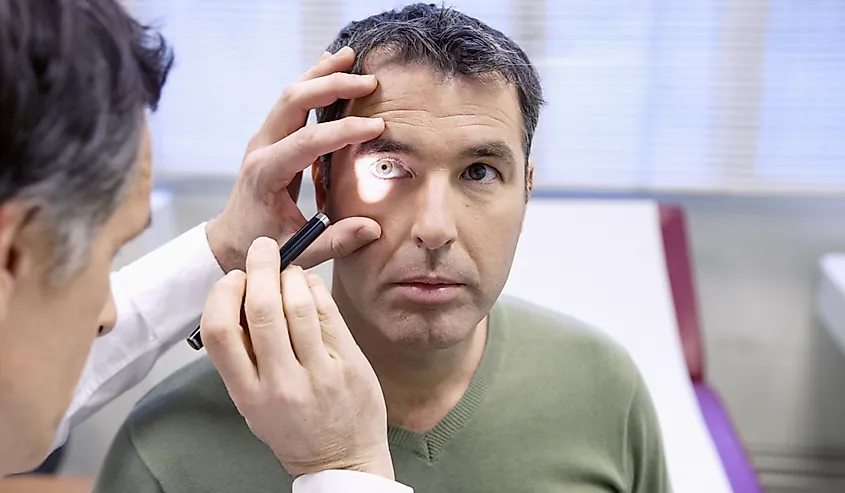
A person’s eye color can reveal the underlying health issues that person might be suffering. Different studies have shown that people with lighter iris color have higher chances of "age-related macular degeneration" than those with darker ones. Moreover, a gray iris may indicate uveitis, while those with blue, green, or gray eyes are at an increased risk of uveal melanoma. Some medical conditions affect one’s eye color. Although these conditions cannot permanently change the color of the iris, they generally affect the eye’s sclera or cornea. These include:
Anisocoria
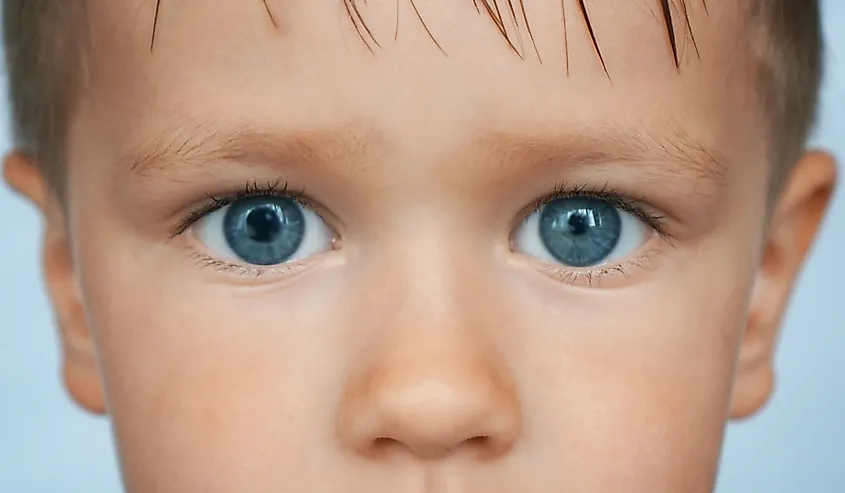
The term Anisocoria comes from three Greek words: aniso, which means unequal; kore, which means pupil; and ia, which means abnormal condition. Anisocoria thus refers to an abnormal condition characterized by different pupil sizes. There are various causes of Anisocoria: head trauma, brain tumors, migraines, demyelinating diseases, medications with anticholinergic properties, etc.
Hepatitis and Other Liver diseases
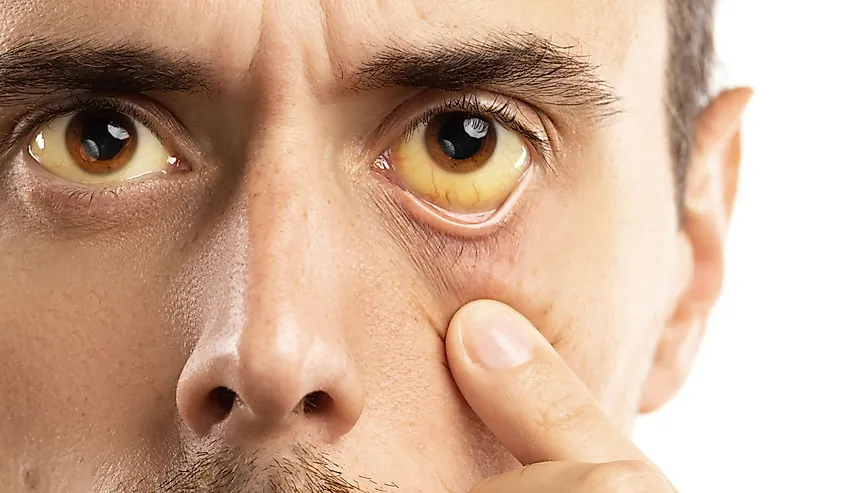
When one’s liver is inflamed or damaged, it usually cannot remove the bilirubin. Bilirubin thus accumulates in the blood and makes the sclera and skin yellow.
Uveitis
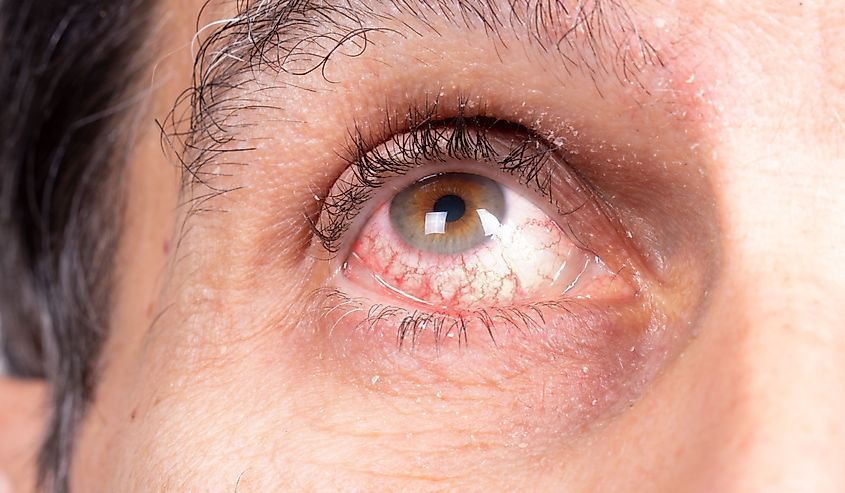
This condition refers to the swelling of the uvea, a pigmented layer between the inner retina and the outer fibrous layer. Symptoms of uveitis include burning and redness of the eyes, blurred vision, headaches, etc. The different types of uveitis are: Anterior uveitis, Intermediate uveitis, Posterior uveitis, and Pan-uveitis. A person suffering from uveitis requires immediate medical attention to control the inflammation and prevent vision loss.
Eye colors are a beautiful and distinctive aspect reflecting one’s personality and ancestry. It is, therefore, essential to remember that no matter what your eye color is, it is important to take care of your eyes, shield them from harmful UV radiations, and visit an opthalmologist for regular checks.











